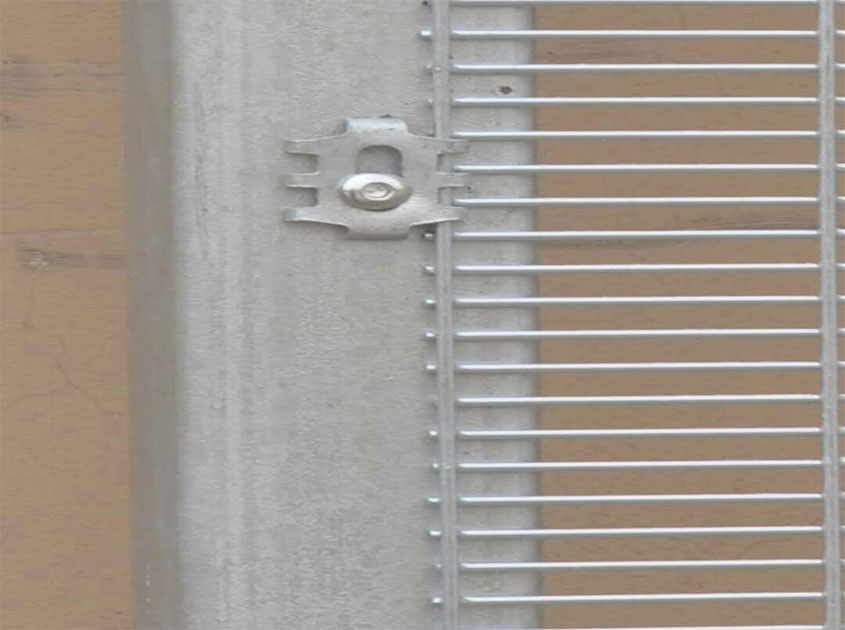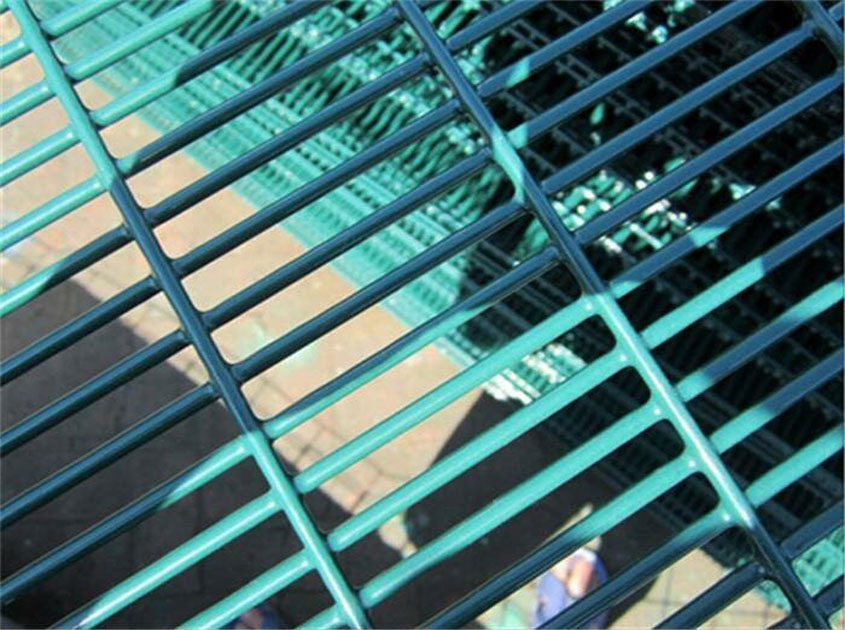Introduction to 358 Security Fence
When it comes to ensuring the security of a property or facility, the installation of a reliable and robust security fence is of utmost importance. Among the various options available, the 358 security fence has gained significant popularity. The 358 security fence, also known as "prison mesh" or "anti-climb fence," is a high-security perimeter fencing system widely used in correctional facilities, industrial sites, military installations, and other sensitive areas. This article aims to discuss the important considerations for a successful 358 security fence installation project.

Site Assessment and Planning
Before embarking on a 358 security fence installation project, a thorough site assessment and planning phase are essential. This involves evaluating the perimeter to determine the specific requirements and challenges. Factors such as the terrain, ground conditions, existing infrastructure, access points, and potential security vulnerabilities need to be considered. A detailed plan should be developed, including the fence layout, positioning of gates, and any additional security features required, such as CCTV cameras or motion sensors.

Material Selection and Quality
Choosing the right materials is crucial for the effectiveness and durability of a 358 security fence. The fence panels are typically made of heavy-gauge, galvanized steel wires, which are welded together to form a rigid mesh pattern. It is important to ensure that the materials used meet industry standards and are resistant to corrosion, tampering, and cutting attempts. Additionally, selecting a reputable supplier or manufacturer who can provide high-quality materials is essential for a successful installation.

Professional Installation and Compliance
Proper installation of a 358 security fence requires skilled professionals with experience in fencing projects. It is important to hire a reputable and licensed contractor who specializes in security fencing installations. They should be familiar with local regulations and building codes to ensure compliance during the installation process. Following the manufacturer's guidelines and specifications is crucial to maintain the integrity and security features of the fence. Regular inspections during and after installation are necessary to address any potential issues promptly.

Maintenance and Upkeep
Once the 358 security fence is installed, regular maintenance and upkeep are essential for its long-term effectiveness. Routine inspections should be conducted to identify any damage, wear, or potential weak points in the fence. Prompt repairs or replacements should be carried out to maintain the security integrity. Additionally, a regular cleaning schedule should be implemented to remove dirt, debris, and vegetation that may compromise the fence's performance. Following a comprehensive maintenance plan will ensure the continued security of the facility.
Pre:Comparing the Cost-effectiveness of 358 Security Fence to Traditional Security Systems
Next:Safeguarding Your Investment: The Cost-Effectiveness of 358 security fence